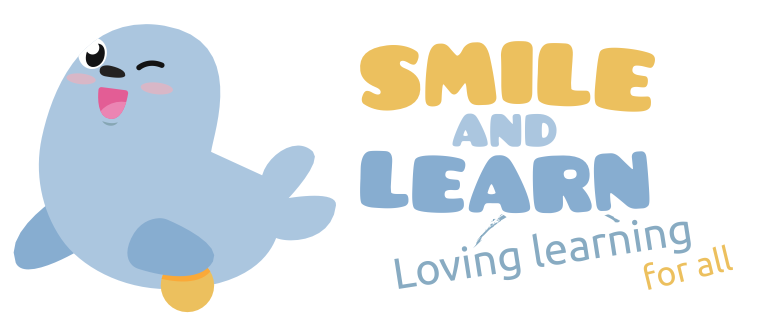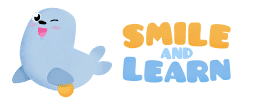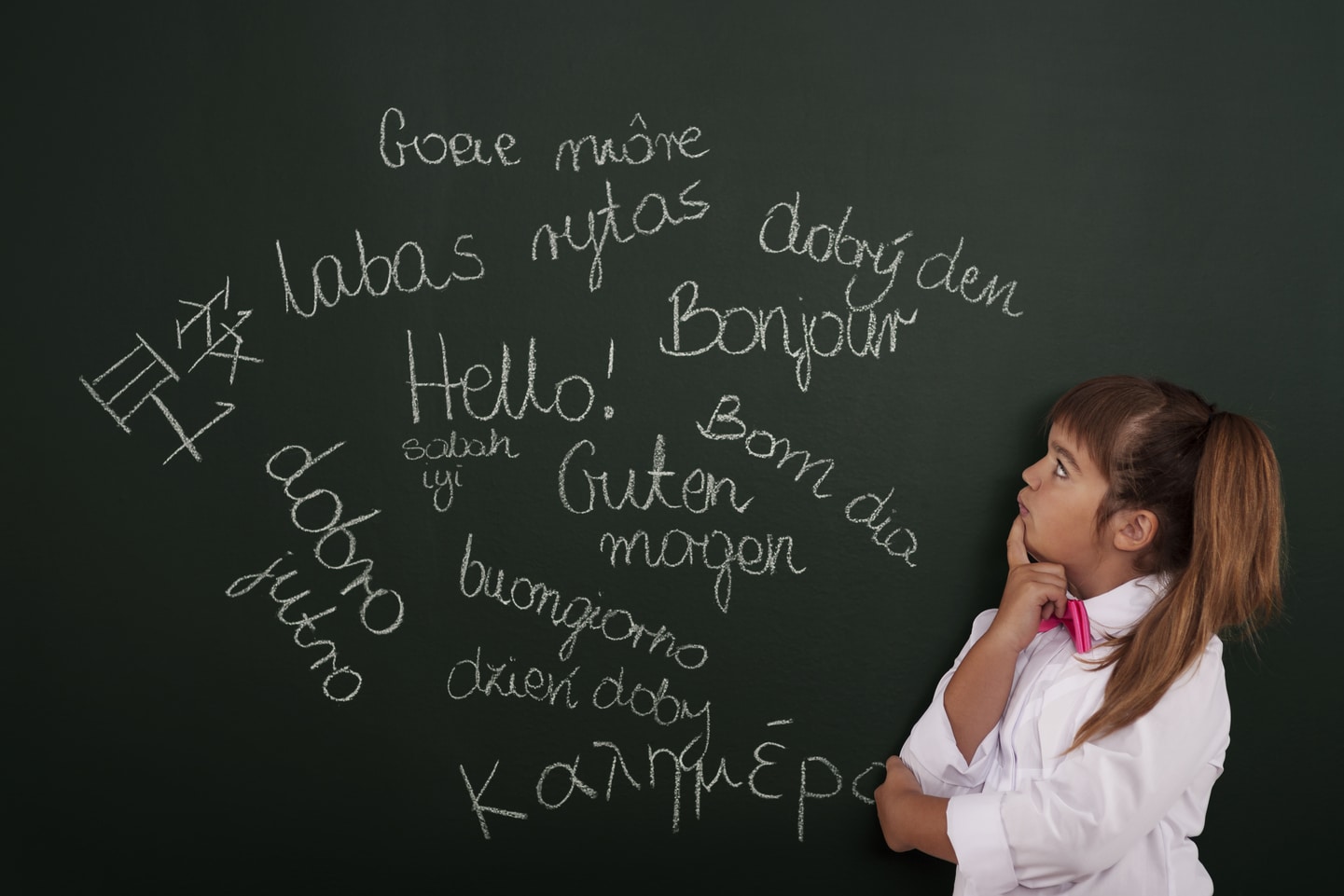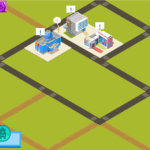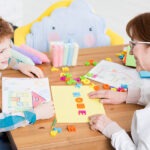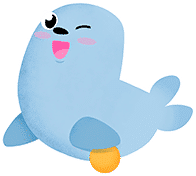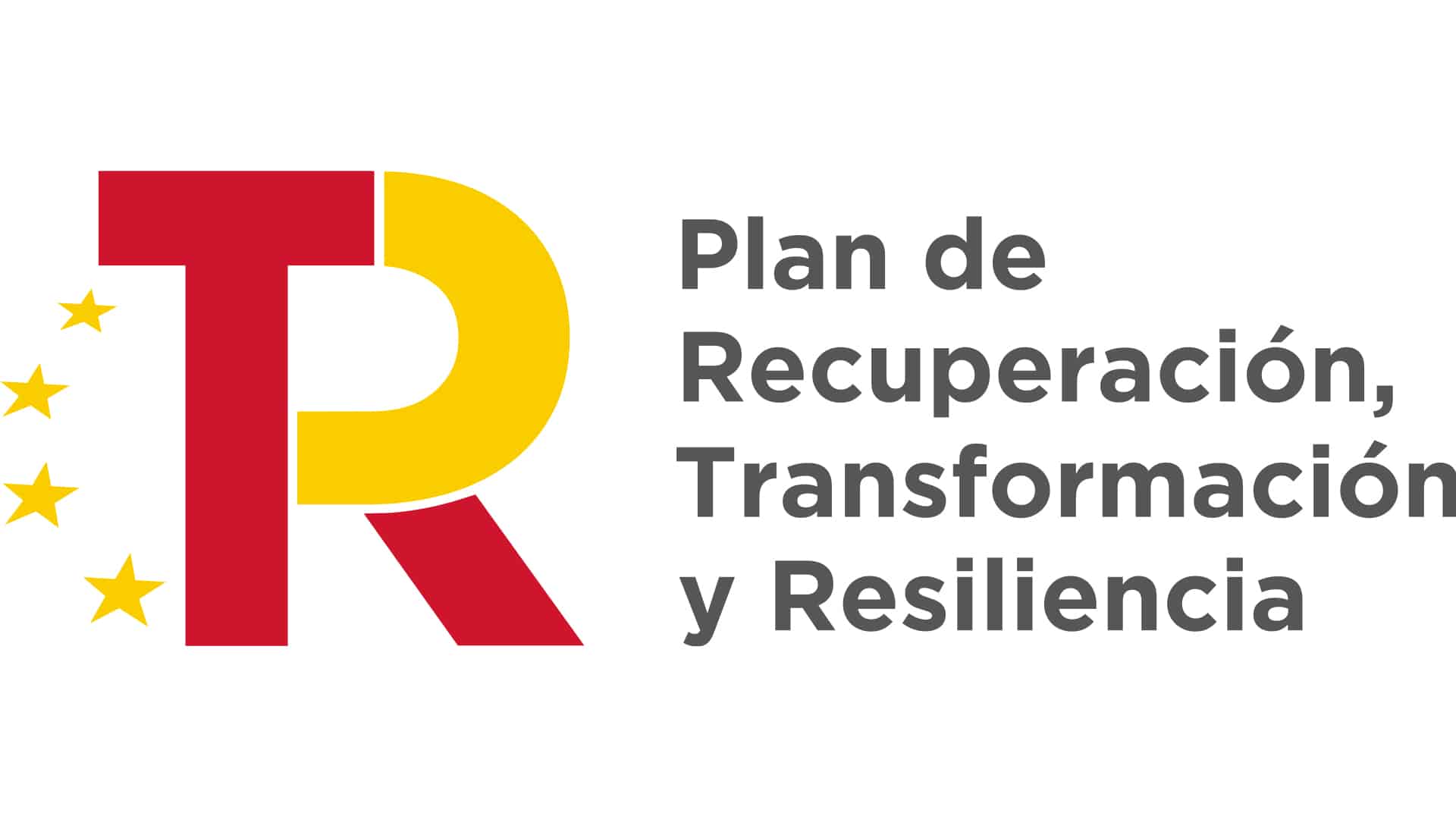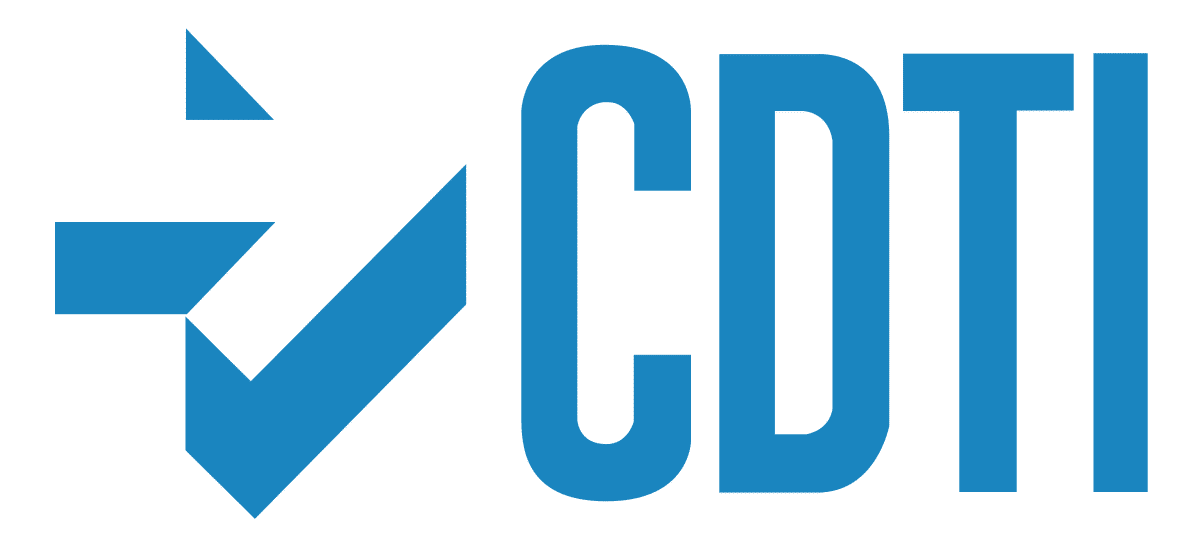Growing up, my life was divided. I was ‘Maria’ in school, eager to explain photosynthesis to my class, and ‘Naty’ at home, unable to articulate the mitochondria’s function to my parents in Spanish, their only spoken language. I felt as if I could never be ‘Maria Natividad’, my full given name, and as time went by, my confidence as a bilingual speaker dwindled.
I tried my best in developing my Spanish and so did my many teachers. Once a week they would roll around a cart from classroom to classroom, full of the limited amount of supplies they could get their hands on.The words ‘pupitre’ and ‘pluma’ were engraved in my elementary school mind, but it all felt like stagnant learning when compared to my everyday, English only lessons. Back in 2008, this might have been the norm, but with the U.S quickly becoming the world’s fourth largest Spanish-speaking country, keeping my bilingualism became a challenge I rose to.
Towards the end of my high school years I was encouraged to use my bilingualism during a community event. It was a bittersweet experience and the first time that I tried to be my whole self, ‘Maria Natividad’ not just ‘Maria’ or ‘Naty’. While it reminded me of the limits I had to fully express myself in my native tongue and the shortcomings of my school system to integrate a supportive curriculum that encouraged my bilingualism, it also opened my eyes to the community of people that felt just like I did.
Since then I’ve found myself on the other side of the situation while being a teaching assistant to ESL and Spanish learners. In them, I saw a struggle I knew all too well and a glimmer of hope that I could look forward to. I didn’t want our learners to feel divided. We made it our mission to cultivate an educational experience where English and Spanish learning was not a divisive factor. Instead, it became an integral part of a student’s complete learning experience and identity.
To do so, our program started utilizing the power of the internet for bilingual activities on various platforms. Every day before class, we would figure out how to navigate between different websites, connect the dots from one worksheet to another, and think through how we would monitor our learner’s progress in an intimate way. I was enthusiastic about there being more of an emphasis on dual-language learning, especially after experiencing how important it was to developing my confidence and identity, but it didn’t make sense to waste time jumping from one site to another without being able to easily identify what our learners should work on next.
Since then, I have seen various learning platforms come to light from working as a teaching assistant and from witnessing my younger siblings’ engagement with the applications on their school-assigned devices. These revolutionary educational learning platforms have emphasized the value that bilingual education brings, not only in building one’s language abilities but also in reinforcing confidence and identity. I see this in my siblings’ confidence when switching back and forth from Spanish to English, and in the way they describe their classroom experiences. Their identity remains consistent, and they have the confidence to be themselves both at school and at home.
Educational applications have given my siblings the opportunity to dive deeper and express themselves bilingually on their topics of interest. This summer, I found my middle school sister explaining her robotics project to my parents –a moment that may seem insignificant but that reminded me of the student I used to be at her age and the advancements that we have made in overcoming the struggles I experienced back then. Needless to say, I have witnessed how educational applications like Smile and Learn are vital not only to developing bilingualism but also to cultivating confidence in each and every child. Tools like this are our future, and Smile and Learn is ahead of the game in making sure that every child can embrace their whole self, just like I’ve learned to do.
María Niño-Suastegui, U.S Digital Strategy Intern.
